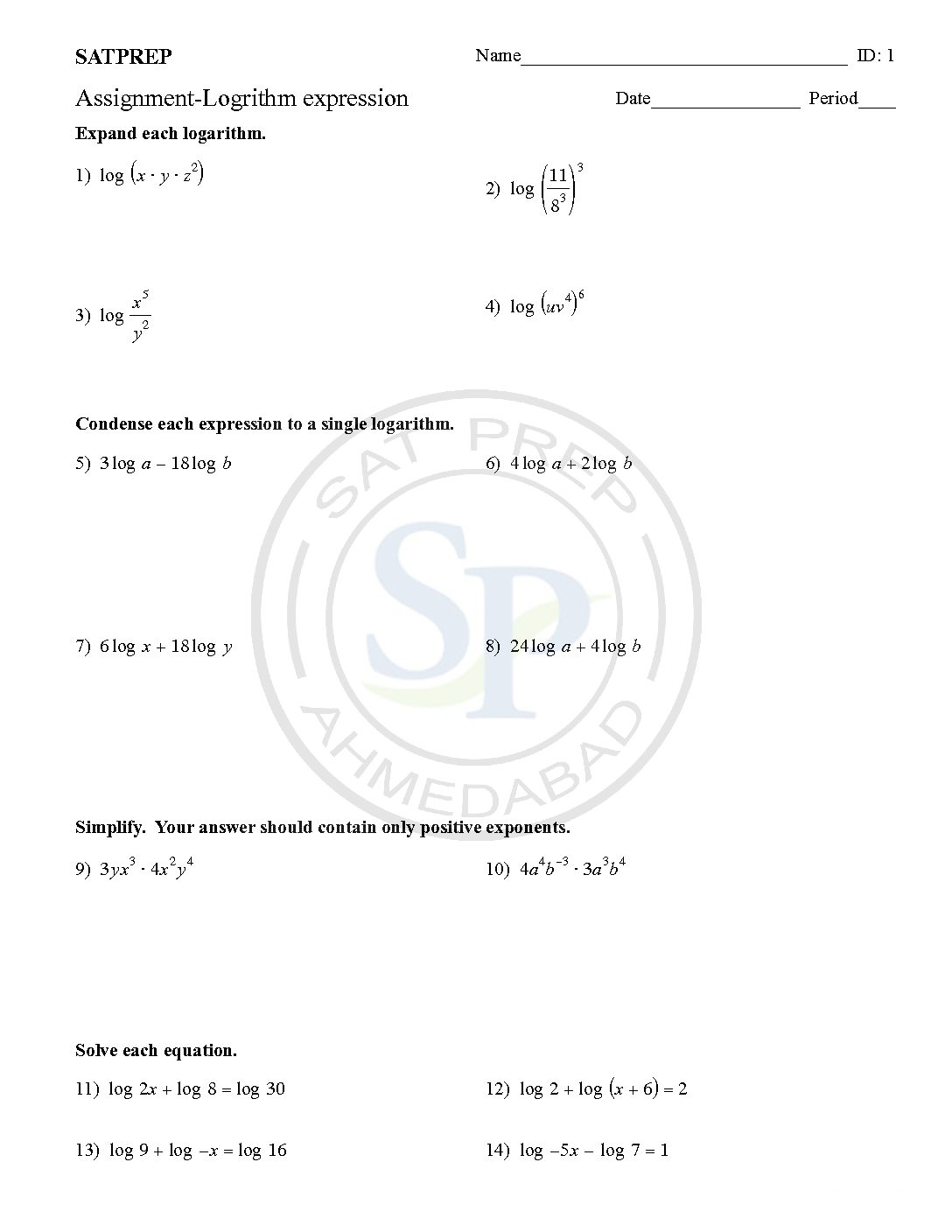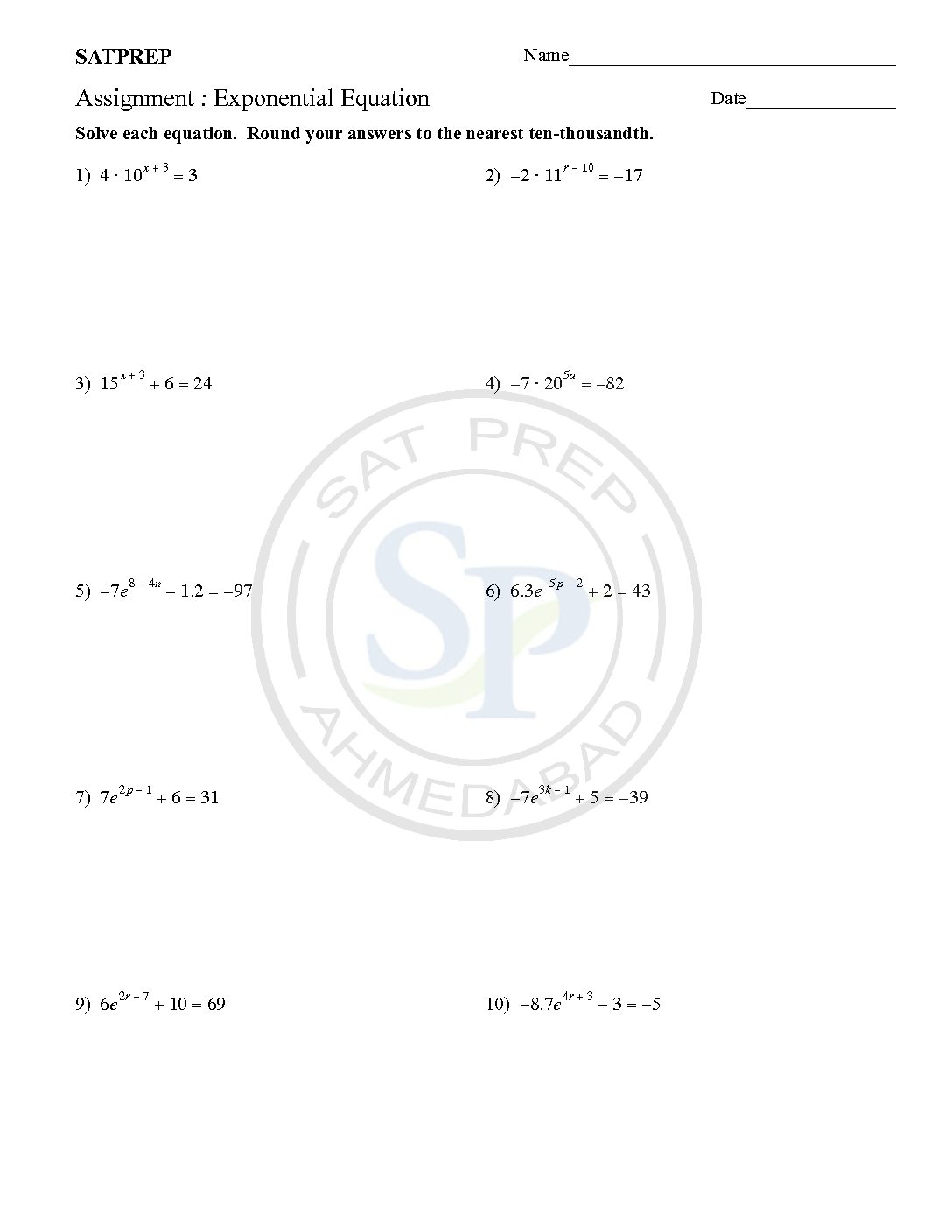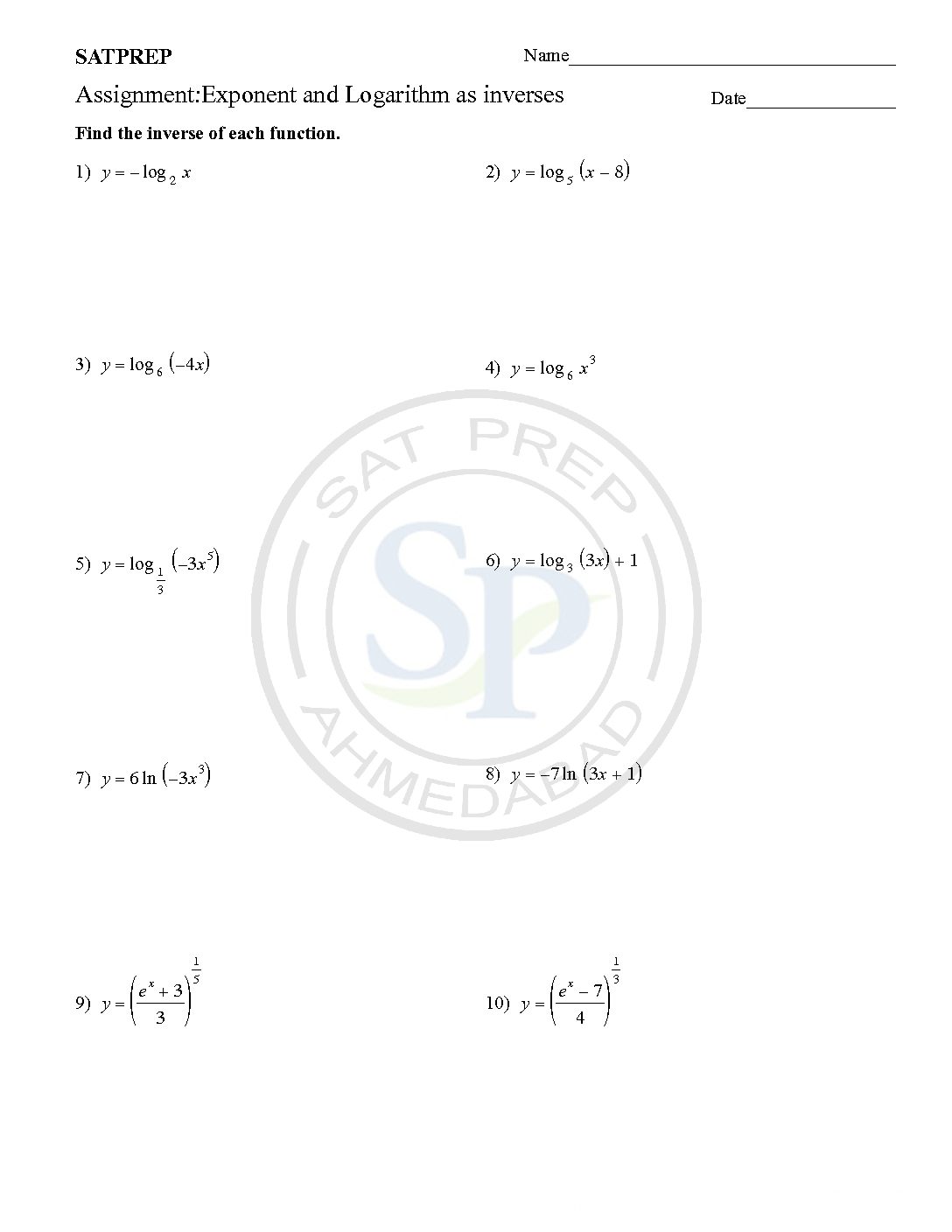Logarithmic Expressions are simplify by Rules or Laws of Logarithms and solve by inverse of exponentiation. It is expressed by using the abbreviation “log”. Because of different base of number log notation are also different. lg for base 10 , ln for base e . Logarithm quotient rule The logarithm of the division of x and y is the difference of logarithm of x […]
You are browsing archives for
Category: Functions
Conversion of Co-ordinates
Convert from Polar to Cartesian. When we know a point in Polar Coordinates (r, θ), and we want it in Cartesian Coordinates (x,y) . we solve a right triangle with a known long side and angle: Answer: the point (13, 22.6°) is almost exactly (12, 5) in Cartesian Coordinates. Polar to cartesian
Transformation of function
Graph transformation is the process by which an existing graph. Transformation is four types . Transformations of Graphs … For the base function f (x) and a constant k, the function given by. g (x) = f (x) + k;. can be sketched by shifting f (x) k units vertically. similarly g(x) = kf(x) , […]
Transformation
In this post question are from transformation of function. It basically deals with translation of functions through vector . Also it deal with reflection . Transformation
Co-ordinate geometry-1
Coordinate also called ordered pair. Hence manipulation of coordinate such as Determine the distance between these points. Find the equation, midpoint, and slope of the line segment. Determine if the given lines are perpendicular or parallel. Also deal with graphic representation. Coordinate geometry
Composite Function
Composite functions are defined as one function defined inside another function. Like ff(x)) or f(g(x)) etc. Another function composition is an operation that takes two functions f and g and produces a function h such that h(x) = g(f(x)) Composite function
Inverse of Function
Inverse of functions are an important concept . Domain values and Range values gets interchange . Due to these values of functions, continuity of function also change. Graph of inverse function also change and become y-axis oriented. Therefore graph of inverse is reflection of function graph about y = x. Inverse of function
Logarithmic and exponential Function
The logarithmic function y = logax is defined to be equivalent to the exponential equation x = ay. y = logax only under the following conditions: x = ay, a > 0, and a≠1. Logarithmic functions are the inverses of exponential functions. The inverse of the exponential function y = ax is x = ay. […]
Exponential Equation
Exponential equations are one in which a variable occurs in the exponent, for example, . When both sides of the equation have the same base, the exponents on either side are equal by the property Exponential Equation
Exponent and Logarithm inverses
The inverse of the exponential function y = ax is x = ay. The logarithmic function y = logax is defined to be equivalent to the exponential equation x = ay. y = logax only under the following conditions: x = ay, a > 0, and a≠1. It is called the logarithmic function with base […]










